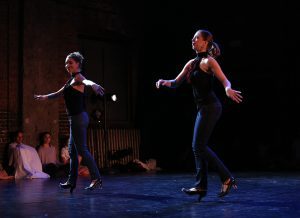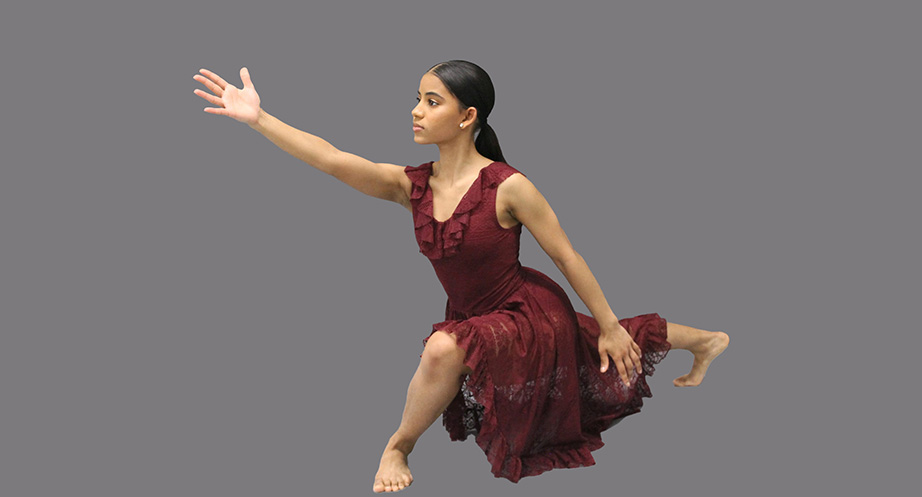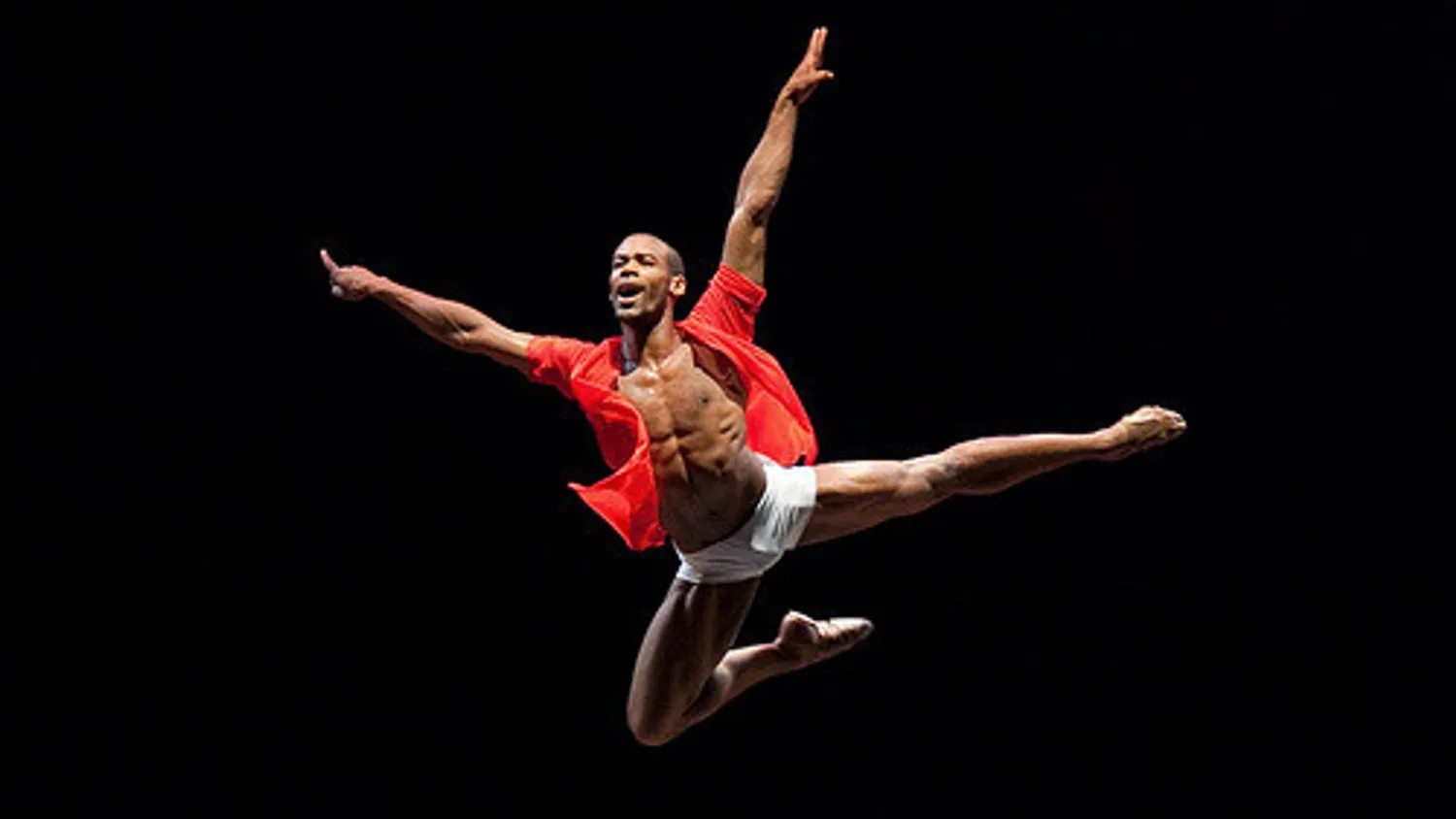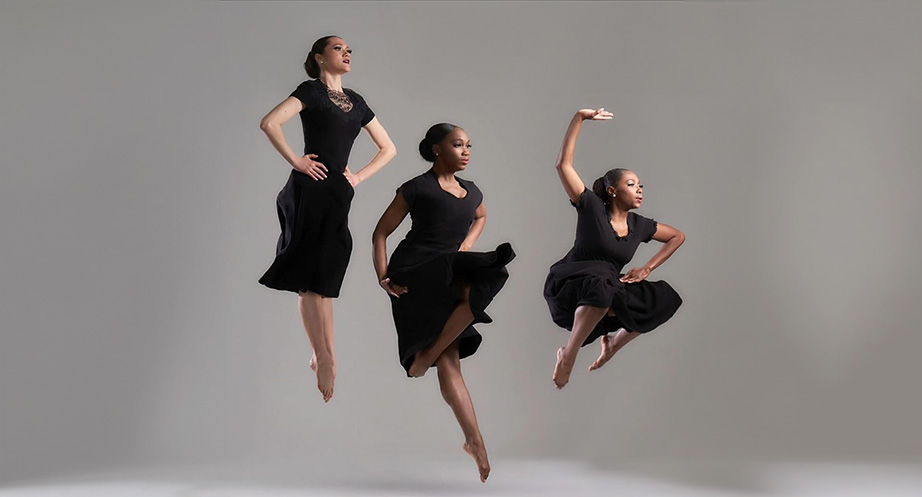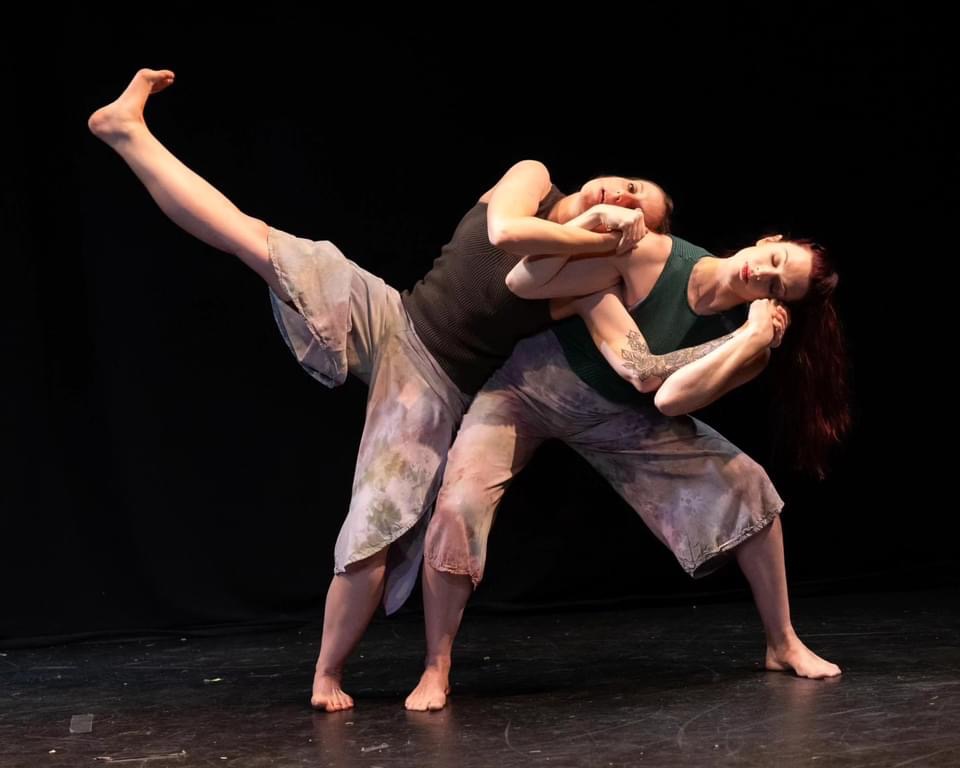By Kat Richter for The Dance Journal
Today I take off my critic’s hat to make a confession: I don’t really like taking risks. Being an artist, this puts me at a significant disadvantage. Art, after all, is all about venturing into the great unknown to try something new. Nonetheless, performance opportunities for tap dancers are few and far between in Philadelphia so when the call came out for choreographers to partake in a mysterious compositional exchange otherwise as Mixed Drinks, I decided it was time to man up.
So I sent an email to the folks over at Point of Departure under the direction of Melanie Stewart and received a confirmation that my application had been received. I, along with 29 other local dancer/choreographers would be paired up with 30 local composer/musicians to perform a two-minute piece at Christ Church Neighborhood House. The only catch? None of us would receive our music until the night before.
This is when I started to get nervous. In fact, this is when I considered pulling out of the project. In theory, tap dancers can perform to just about anything, as Savion Glover has proven time and time again (perhaps most surprisingly by tapping to Bach in his Classical Savion concert). In practice, however, there’s no guarantee that a less traditional pairing is going to work. What if I received some sort of atonal, arrhythmic experiment in free jazz? What then?
In addition, I’d decided to perform a duet with Pamela Hetherington, my partner in crime and co-founder of The Lady Hoofers. We’ve been working together for about a year and a half now and even though we’ve collaborated on everything from an all-women show for the Fringe to a concert at City Hall for Jazz Appreciation Month, she still surprises me sometimes. And I don’t like surprises, especially when the music is going to be surprising enough.
—
I’m about to step into a staff meeting when I receive the long-awaited email. Our music. It’s a short track, just over a minute and a half, by Adam Rose called Beachy Bossa. I press my Droid to my ear and pray that some sort of beat is going to emerge eventually (and please God, if you’re feeling generous, let it be a 4/4 time signature and not something… weird). I can handle a 2/4, 3/4, 6/8 and even 12/4 on occasion but 5/4 is beyond my mental capacity right now—5/4 is going to take way more than a day to prepare.
Fortunately it’s a fairly straightforward 4/4. I drive up to Cheltenham on Saturday morning and Pam and I start experimenting under the watchful eyes of the mounted deer heads that adorn her attic studio. We pull out some old steps, teach each other some news ones and splice together a two minute duet complete with an improve section and even a cannon. I feel like I’m back in college, racing at the last minute to slap together a phrase for my dreaded Dance Comp 101 class, but after an hour of rehearsal, I’m satisfied with what we’ve come up with. Plus, we’re going to be the only tap dancers anyway.
—
We get to the theater around 4:30. It’s the usual fare: modern dancers in sweat pants and scarves scattered throughout the space going through their warm ups. I feel a bit out of place in my jeans and high heeled La Ducas but I’m getting used to it at this point. Melanie tells us we’re going to sit at the edge of the stage until it’s our turn to perform and then we run the entire show, start to finish.
Three hours later, it’s show time. As I lean against a cold metal radiator and feel my muscles start to cool down, I’m forced to admit that I’m not 16 anymore. I need to warm up. There’s no way my feet are going to move quickly enough to pull off the double time bossa nova step we’re planning, and I’m not the only one with this problem. But the show must go on.
Dancers crawl across the stage as duets merge into solos, then back into duets again. Some have props—a spool of jump rope, a large white sheet, a trail of crumpled brown paper—while others take a more minimalist approach, moving only their arms or facing upstage away from the audience the entire time.
At last it’s our turn. I peel off my coat, my sweater and my scarf and slide onstage, my taps just a whisper until we start to hit in time with the beat. We get through the tricky transitions, the syncopated rhythms, the over the tops and even the a cappella tag at the end of the piece. It isn’t perfect, but it’s different, and that’s the whole point.
At the end of the show, Melanie invites the composers to join us onstage so we can talk about our various processes. I’m shocked to find out that some of choreographers created their phrases before receiving their music, and that others chose not to listen to their music until rehearsal that afternoon. This seems sacrilege to me but it just goes to show that it takes all kinds—Mixed Drinks indeed.
Kat Richter is a freelance writer and teaching artist. Her work can be found at www.katrichter.com
Photo Credit Bill Hebert, BH Photos

